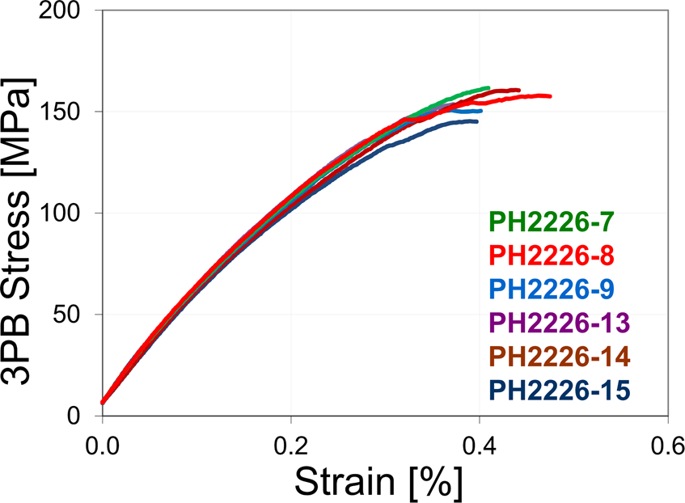npj Materials Degradation ( IF 6.6 ) Pub Date : 2019-12-19 , DOI: 10.1038/s41529-019-0104-3 Wenjin Ding , Yuan Shi , Fiona Kessel , Dietmar Koch , Thomas Bauer

|
Due to their high thermal stability and low cost, molten chlorides are promising high-temperature fluids for example for thermal energy storage (TES) and heat transfer fluid (HTF) materials in concentrated solar power (CSP) plants and other applications. However, the commercial application of molten chlorides is strongly limited due to their strong corrosivity against commercial alloys at high temperatures. The work addresses on a fundamental level whether carbon based composite ceramics could be potentially utilized for some corrosion critical components. Liquid silicon infiltration (LSI) based carbon fiber reinforced silicon carbide (called C/C–SiC) composite is immersed in a molten chloride salt (MgCl2/NaCl/KCl 60/20/20 mole%) at 700 °C for 500 h under argon atmosphere. The material properties and microstructure of the C/C–SiC composite with and without exposure in the molten chloride salt have been investigated through mechanical testing and analysis with scanning electron microscopy (SEM) and energy-dispersive X-ray (EDX) scanning. The results reveal that the C/C–SiC composite maintains its mechanical properties after exposure in the strongly corrosive molten chloride salt. The oxidizing impurities in the molten salt react only with residual elemental silicon (Si) in the area of the C/C–SiC matrix. In comparison, no indication of reaction between the molten chloride salt and carbon fiber or SiC in the matrix is observed. In conclusion, the investigated C/C–SiC composite has a sound application potential as a structural material for high-temperature TES and HTF with molten chlorides due to its excellent corrosion resistance and favorable mechanical properties at high temperatures.
中文翻译:

C / C-SiC复合材料在700°C的熔融氯化物MgCl 2 / NaCl / KCl混合物中的耐蚀性表征
由于熔融氯化物的高热稳定性和低成本,它们是有前途的高温流体,例如用于聚光太阳能(CSP)工厂和其他应用中的热能存储(TES)和传热流体(HTF)材料。然而,由于熔融氯化物在高温下对商业合金具有强腐蚀性,因此其在商业上的应用受到严格限制。这项工作从根本上解决了碳基复合陶瓷是否可以潜在地用于某些腐蚀关键部件的问题。将基于液态硅渗透(LSI)的碳纤维增强碳化硅(称为C / C–SiC)复合材料浸入熔融氯化物盐(MgCl 2/ NaCl / KCl 60/20/20摩尔%)于700°C在氩气气氛下保持500小时。通过机械测试和扫描电子显微镜(SEM)和能量色散X射线(EDX)扫描进行了机械测试和分析,研究了C / C-SiC复合材料在熔融氯化盐中有无暴露的材料性能和微观结构。结果表明,C / C-SiC复合材料在强腐蚀性熔融氯化物盐中暴露后仍保持其机械性能。熔融盐中的氧化性杂质仅与C / C-SiC基体区域中的残留元素硅(Si)反应。相比之下,没有观察到熔融氯化物盐与基质中的碳纤维或SiC之间发生反应的迹象。综上所述,











































 京公网安备 11010802027423号
京公网安备 11010802027423号